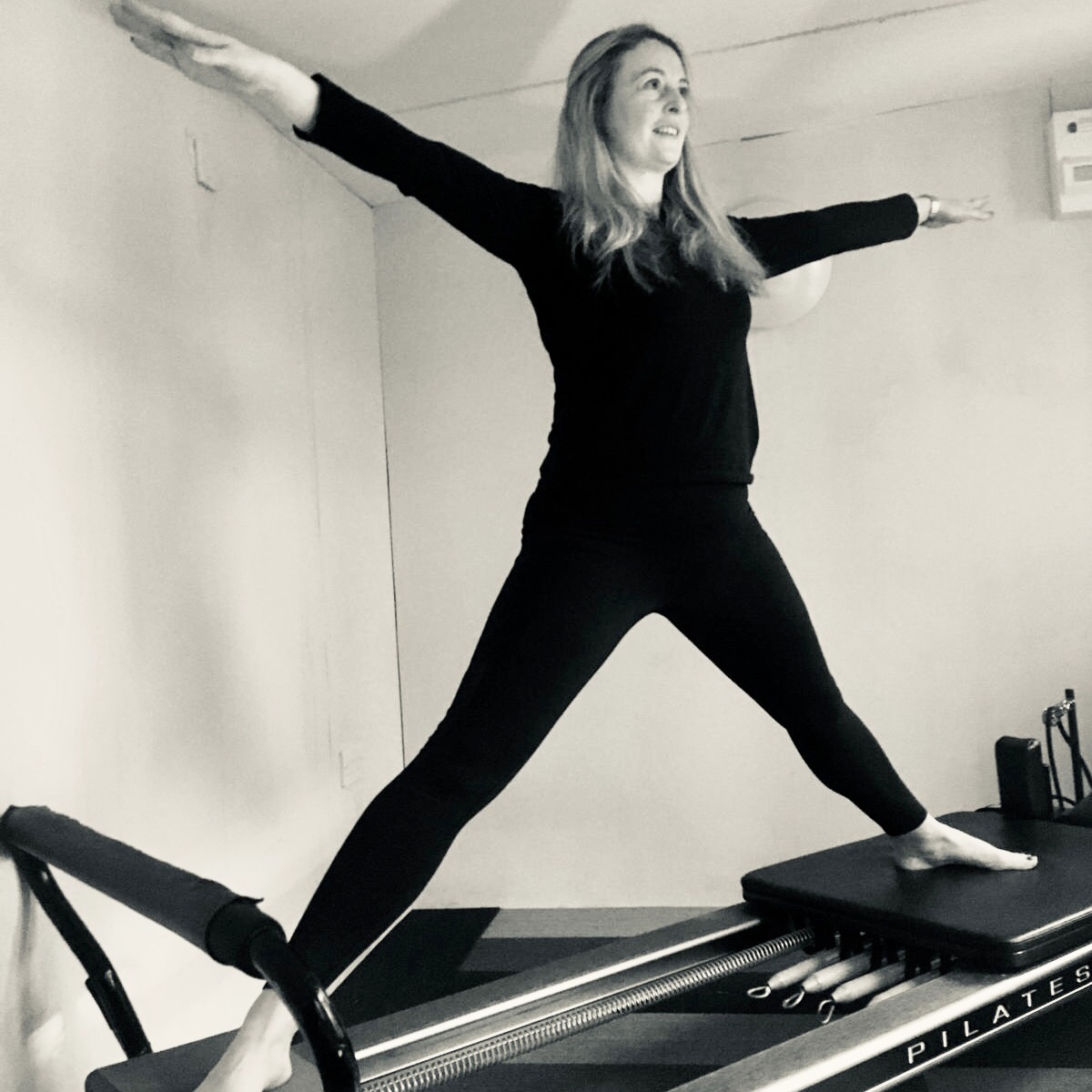Studio Pilates
In 1912 Joseph Pilates came over to England from Germany. He was a professional boxer and taught self defence to Scotland Yard Detectives. At the beginning of WW1 he was interned in a POW camp in Lancashire, this was when he started to devise the Pilates that we know today.
He was then moved to a camp on the Isle Of Man where he worked in the sick bay. Bed rest was what was classed as the norm in those days. He was told "you can do anything you like with them, as long as they stay in bed". Joseph Pilates came up with the idea of using machines by rigging springs onto hospital beds in order for people to exercise specific body parts. There are a range of different levels of resistance springs depending on ability and now there are a range of different machines.
With the basis of their design coming from Joseph's ideas, a typical modern Pilates studio would include apparatus like the Reformer, the Cadillac and the Wunda chair. Some of the exercises are similar to the matwork repertoire but with the ability of using resistance.
Often people are more aware of what their body alignment is like on the apparatus rather than matwork as you have more physical feedback. The apparatus are often good to focus on one particular body part for example shoulder, hip or knee injuries. I personally found the machines really improved my knee alignment during my dance training at Laban Centre of Contemporary Dance.
Studio Pilates is generally done either one to one or in small groups. Each person would be working on individual exercises tailored for their specific needs.
My studio training is through APPI (Australian Physiotherapy and Pilates Institute). This training requires me to teach over 60 hrs in a studio, work independently on the apparatus for 100 hrs, and complete a theory and practical exam before becoming certified. More information can be found on the APPI's website.
All new clients will need an introductory one-to-one session before attending a studio class, for a postural assessment, an introduction to the equipment, and to identify and discuss their individual needs.
Courses
- Level 1 achieved 14th & 15th September 2013
- Level 2 achieved 19th & 20th October 2013
- Level 3 achieved 9th & 10th November 2013
- Level 4 achieved 7th & 8th December 2013
Classes
Please take a look at the Classes page for details of classes.
